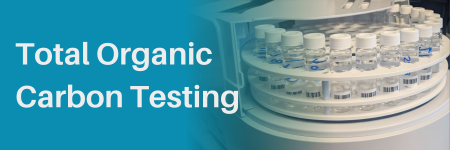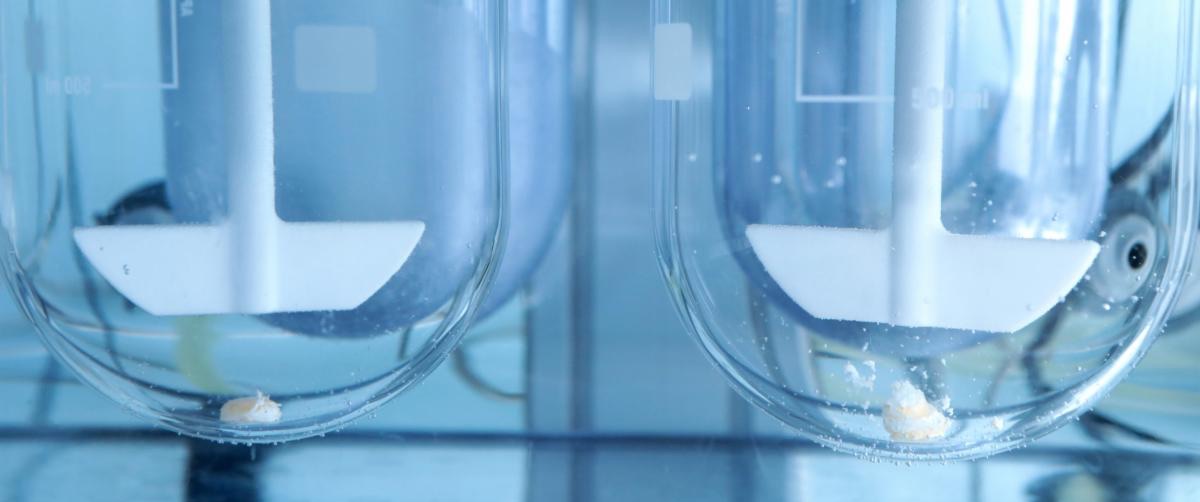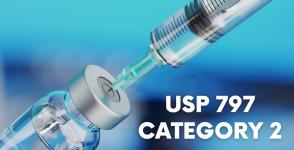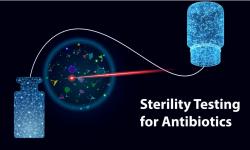Temperature Excursions




Total Organic Carbon Testing


Potency testing measures the concentration of the active pharmaceutical ingredient (API) in a drug product. This critical test should be conducted before drug distribution, confirming that the API concentration is within specification of the labeled amount.

USP 797 Pharmaceutical Compounding - Sterile Preparations outlines the minimum standards for preparing compounded sterile preparations (CSPs) for human and animal medications. These standards are designed to ensure the quality of CSPs and to minimize potential harm to patients.




